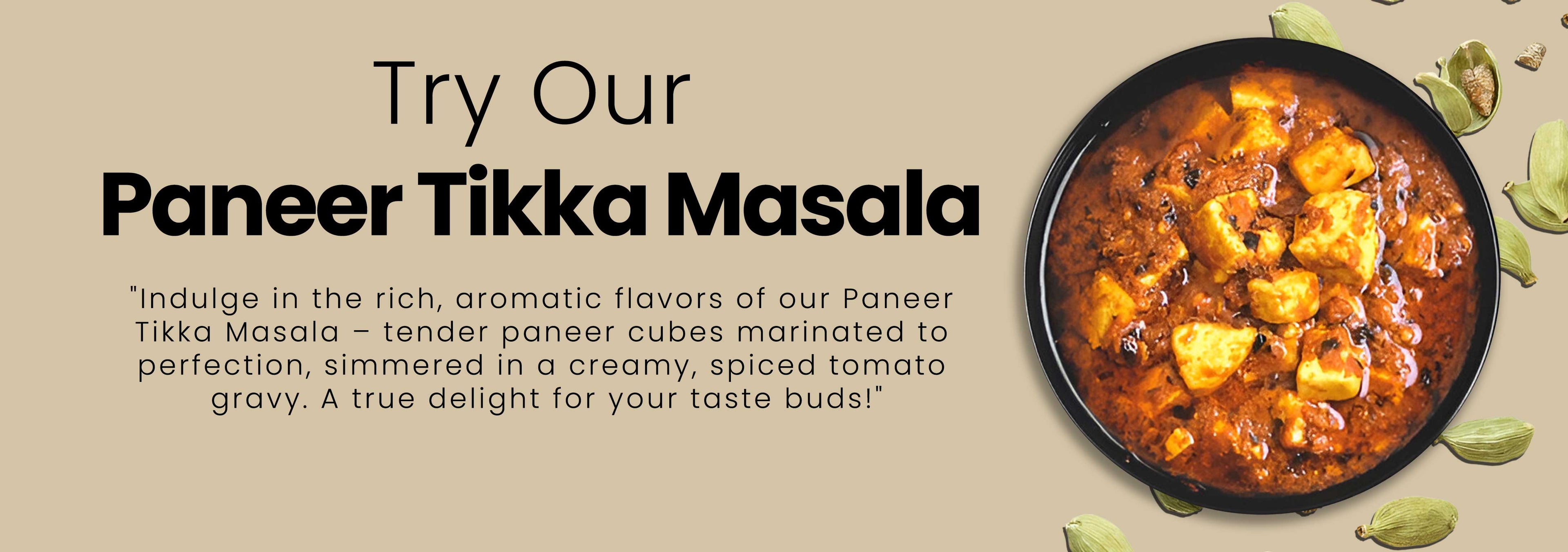



Our Products
-
Butter Paneer | Ready in 4 minutes | Pack Of Two | Buy 4 Combos & Get 1 Combo FREE!
Regular price Rs. 70.00Regular priceUnit price / perRs. 135.00Sale price Rs. 70.00Sale -
Mutton Curry | Ready in 4 minutes | Pack Of Two | Buy 4 Combos & Get 1 Combo FREE!
Regular price Rs. 70.00Regular priceUnit price / perRs. 135.00Sale price Rs. 70.00Sale -
Egg Curry | Ready in 4 minutes | Pack Of Two | Buy 4 Combos & Get 1 Combo FREE!
Regular price Rs. 70.00Regular priceUnit price / perRs. 135.00Sale price Rs. 70.00Sale -
Shahi kheer | Ready in 4 minutes | Pack Of Two | Buy 4 Combos & Get 1 Combo FREE!
Regular price Rs. 70.00Regular priceUnit price / perRs. 135.00Sale price Rs. 70.00Sale -
Paneer Tikka Masala | Ready in 4 minutes | Pack Of Two | Buy 4 Combos & Get 1 Combo FREE!
Regular price Rs. 70.00Regular priceUnit price / perRs. 135.00Sale price Rs. 70.00Sale -
Veg Manchurian | Ready in 4 minutes | Pack Of Two | Buy 4 Combos & Get 1 Combo FREE!
Regular price Rs. 70.00Regular priceUnit price / per -
Pav Bhaji | Ready in 4 minutes | Pack Of Two | Buy 4 Combos & Get 1 Combo FREE!
Regular price Rs. 70.00Regular priceUnit price / perRs. 135.00Sale price Rs. 70.00Sale -
Rajma curry | Ready in 4 minutes | Pack Of Two | Buy 4 Combos & Get 1 Combo FREE!
Regular price Rs. 70.00Regular priceUnit price / perRs. 135.00Sale price Rs. 70.00Sale -
Keema | Ready in 4 minutes | Pack Of Two | Buy 4 Combos & Get 1 Combo FREE!
Regular price Rs. 70.00Regular priceUnit price / perRs. 135.00Sale price Rs. 70.00Sale -
Dal Makhani | Ready in 4 minutes | Pack Of Two | Buy 4 Combos & Get 1 Combo FREE!
Regular price Rs. 70.00Regular priceUnit price / perRs. 135.00Sale price Rs. 70.00Sale -
Chicken Biryani | Ready in 4 minutes | Pack Of Two | Buy 4 Combos & Get 1 Combo FREE!
Regular price Rs. 70.00Regular priceUnit price / perRs. 135.00Sale price Rs. 70.00Sale -
Chicken Tikka Masala | Ready in 4 minutes | Pack Of Two | Buy 4 Combos & Get 1 Combo FREE!
Regular price Rs. 70.00Regular priceUnit price / perRs. 135.00Sale price Rs. 70.00Sale
1
/
of
12
It's Raining Offers...
-
Gulab Jamun Combo | Pack Of Three
Regular price Rs. 90.00Regular priceUnit price / perRs. 120.00Sale price Rs. 90.00Sale -
Kheer Mix | Ready in 4 minutes | Pack Of Three
Regular price Rs. 45.00Regular priceUnit price / perRs. 90.00Sale price Rs. 45.00Sale -
Chass Masala Combo | Pack Of Three
Regular price Rs. 90.00Regular priceUnit price / perRs. 150.00Sale price Rs. 90.00Sale -
Shahi Kheer Combo | Pack Of Three
Regular price Rs. 90.00Regular priceUnit price / perRs. 120.00Sale price Rs. 90.00Sale
Urban Foods & Spices
"Welcome to Urban Foods, your go-to destination for delicious, convenient, and high-quality ready-to-cook premixes and spice blends. At Urban Foods, we blend tradition with modern convenience, offering a wide range of authentic flavors that bring the essence of homemade cooking to your kitchen. Whether you're a culinary enthusiast or a busy professional, our products are crafted to simplify cooking without compromising on taste or nutrition. Join us in exploring a world of flavors, crafted with passion and perfected for your enjoyment."
Also find us here
1
/
of
6
Subscribe to our emails
Be the first to know about new products and exclusive offers.






















